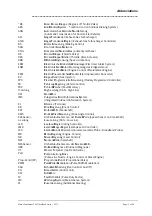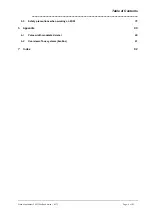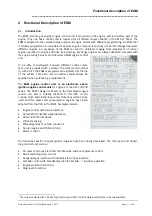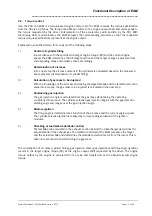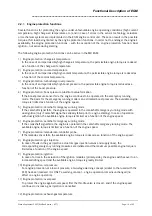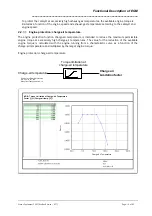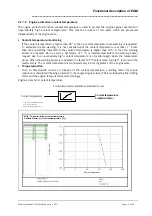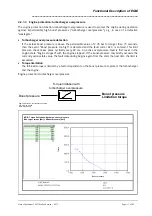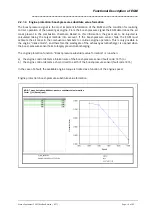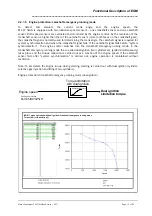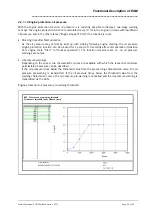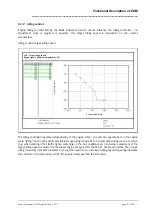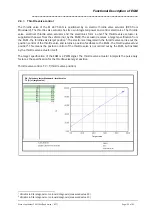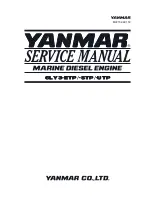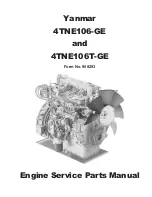
Functional Description of EGM
_____________________________________________________________________
Status September 2003 (EvoBus-Service / AFT)
Page: 14 of 83
2.2.1
Engine protection functions
Several functions for protecting the engine under unfavourable engine operating conditions (high coolant
temperature, high charge-air temperature etc.) and in case of errors in the sensor technology, actuators
or mechanical systems are implemented in the EGM engine control unit. These can result in the possible
torque at full load being limited by the engine protection functions. In order not to endanger the engine's
availability, the engine protection functions – with the exception of the engine protection function: Dual
ignition – not active during starting.
The following engine protection functions can be active in the MR EGM:
1)
Engine protection: charge-air temperature
In the case of an impermissibly high charge-air temperature, the permissible engine torque is reduced
as a function of the charge-air temperature.
2)
Engine protection: coolant temperature
In the case of an impermissibly high coolant temperature, the permissible engine torque is reduced as
a function of the coolant temperature.
3)
Engine protection: turbocharger overpressure
In the case of an impermissibly high boost pressure, the permissible engine torque is reduced as a
function of the boost pressure.
4)
Engine protection: boost-pressure substitute value formation
If the boost-pressure sensor fails, the engine continues to be operated in the emergency running
mode. The basis for the emergency running mode is an estimated boost pressure. The available engine
torque is limited as a function of the engine speed.
5)
Engine protection: camshaft emergency-running mode
If the camshaft signal fails, the engine is operated in the crankshaft emergency running mode with
dual ignition (only if camshaft signal has already failed prior to engine starting). In case of operation
with dual ignition, the available engine torque is limited as a function of the engine speed.
6)
Engine protection: camshaft emergency-running mode
If the crankshaft signal fails, the engine is operated in the camshaft emergency running mode. The
available engine torque is limited as a function of the engine speed.
7)
Engine protection: lambda lean-controller probe
If the lambda sensor fails, the available engine torque is reduced as a function of the engine speed.
8)
Engine protection: gas injection
In case of faults in the gas injection actuators (gas injection valves and supply lines), the
corresponding emergency running measures are initiated and the maximum possible engine torque is
limited as a function of the engine speed.
9)
Engine protection: ignition
In case of errors in the actuation of the ignition modules (primary-side), the engine switches over to an
increased idling speed and the available engine torque is greatly limited.
10)
Engine protection: oil pressure
For engine protection at a low oil pressure, a two-stage warning concept (similar to that used with the
PLD) has been realised. It is ONLY a warning concept – engine operation remains unchanged (no
affect on engine operation).
11)
Engine protection: overspeed
To protect the engine against overspeed, first the throttle valve is closed , and if the engine speed
continues to increase, gas injection is cancelled.
12)
Engine protection: exhaust-gas temperature



